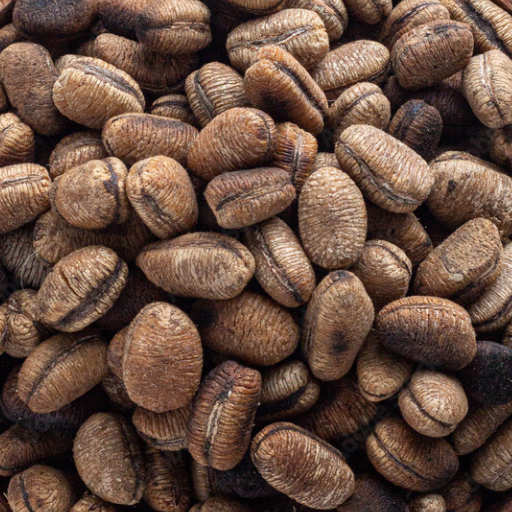The Power of African Nutmeg: How it Enhances Health
What are the health Benefits of African Nutmeg?

It is most commonly found in evergreen forest of West Africa and common names are African nutmeg, calabash nutmeg, and in Nigeria it is called ehuru, ariwo, ehiri, abolakoshe, airama. Its seed has an odour and taste that is similar to nutmeg.it is used as a popular spice. It is rich in potassium, iron, manganese, calcium. It’s a popular seasoning spice in soups, stews, rice dishes and meat.
Health Benefits Of African Nutmeg
African Nutmeg has a lot of culinary uses, it aids digestion, improves Respiratory health, possess some Anti-inflammatory properties and Aphrodisiac properties, It helps relieve constipation, It can be used to treat headache, Reduces cholesterol level, It improves brain performance, It is used for cough treatment, It aids breastfeeding and New mothers heal fast, It helps boost ovulation naturally.
Brief History Of African Nutmeg
The calabash nutmeg tree grows naturally in evergreen forests from Liberia to Nigeria and Cameroon, Ghana, Angola and also Uganda and west Kenya. Due to the slave trade in the 18th century, the tree was introduced to the Caribbean islands where it was established and become known as Jamaican nutmeg. In 1897, Monodora myristica was introduced to Bogor Botanical Gardens, Indonesia, where the trees flower on a regular basis but no fruit could yet be collected. Due to its large and orchid-like flowers, the tree is also grown as an ornamental.
African Nutmeg, scientifically known as *Monodora myristica*, has a rich and intriguing history that spans centuries across the African continent. Native to the tropical rainforests of West and Central Africa, this spice has long been valued for its culinary and medicinal properties.
Ancient Origins
The use of African Nutmeg dates back to ancient times when indigenous peoples of Africa discovered the aromatic seeds of the Monodora myristica tree. These seeds, encased in a hard, woody shell, were initially used for their pleasant fragrance and flavor in traditional African cuisine. The spice was particularly popular in regions that are now Nigeria, Ghana, and Cameroon.
Traditional Uses
In addition to its culinary uses, African Nutmeg held significant medicinal value in traditional African medicine. Healers and herbalists used the spice to treat a variety of ailments, including digestive issues, headaches, and infections. The seeds were often ground into a powder or made into a paste to apply directly to wounds or consumed to alleviate internal discomfort.
Cultural Significance
African Nutmeg also played a role in cultural and spiritual practices. It was commonly used in rituals and ceremonies, believed to ward off evil spirits and bring good fortune. The seeds were sometimes used as a form of currency or as offerings to deities and ancestors.
Colonial Era and Trade
During the colonial era, European explorers and traders encountered African Nutmeg and recognized its potential value. The spice was introduced to global trade networks, though it never achieved the same level of international prominence as Asian nutmeg (*Myristica fragrans*). Nevertheless, it became an exotic and sought-after spice in European markets, appreciated for its unique flavor profile and aromatic qualities.
Modern Usage
Today, African Nutmeg continues to be an important spice in African cuisine, adding depth and richness to soups, stews, and sauces. Its medicinal properties are still recognized in traditional healing practices, and modern scientific research is beginning to explore its potential health benefits further. The spice has also found a niche market in the West, where it is used in gourmet cooking and holistic health products.
Conclusion
From its ancient roots in African culinary and medicinal traditions to its role in global trade and contemporary usage, African Nutmeg’s history is a testament to its enduring appeal and versatility. This aromatic spice, deeply embedded in the cultural fabric of African societies, continues to enchant and heal, bridging the past with the present.
REFERENCES